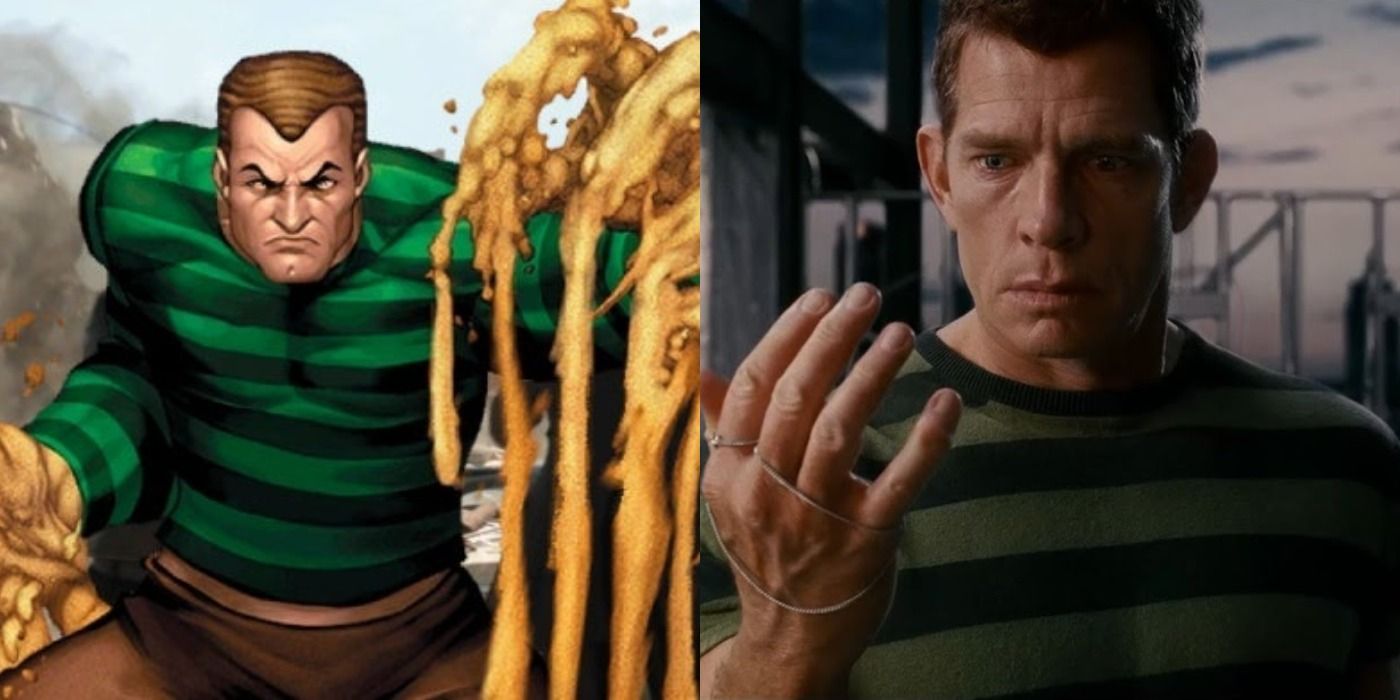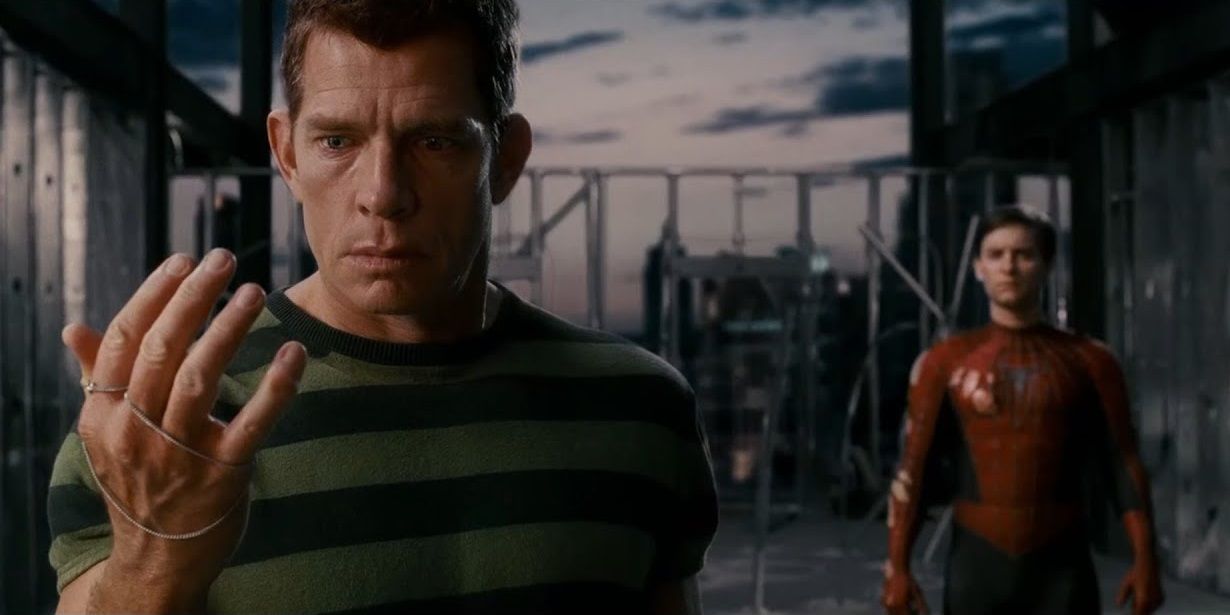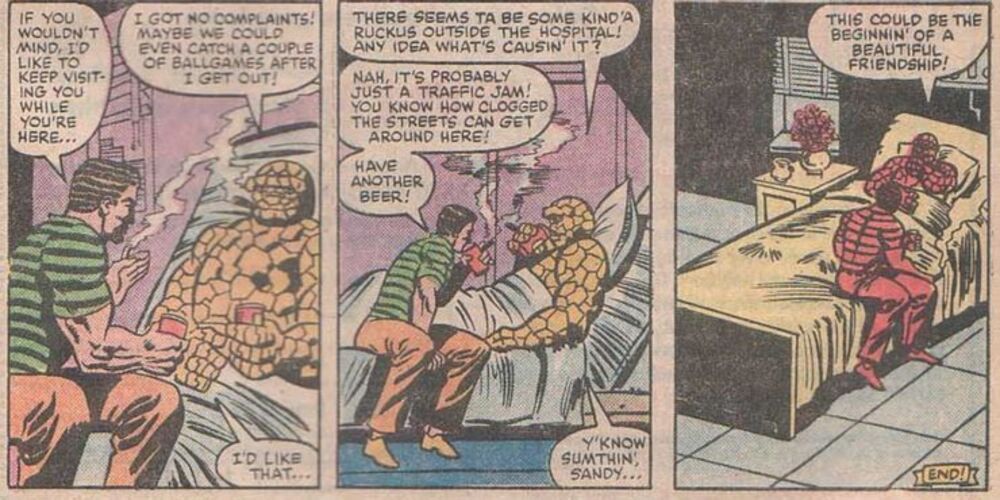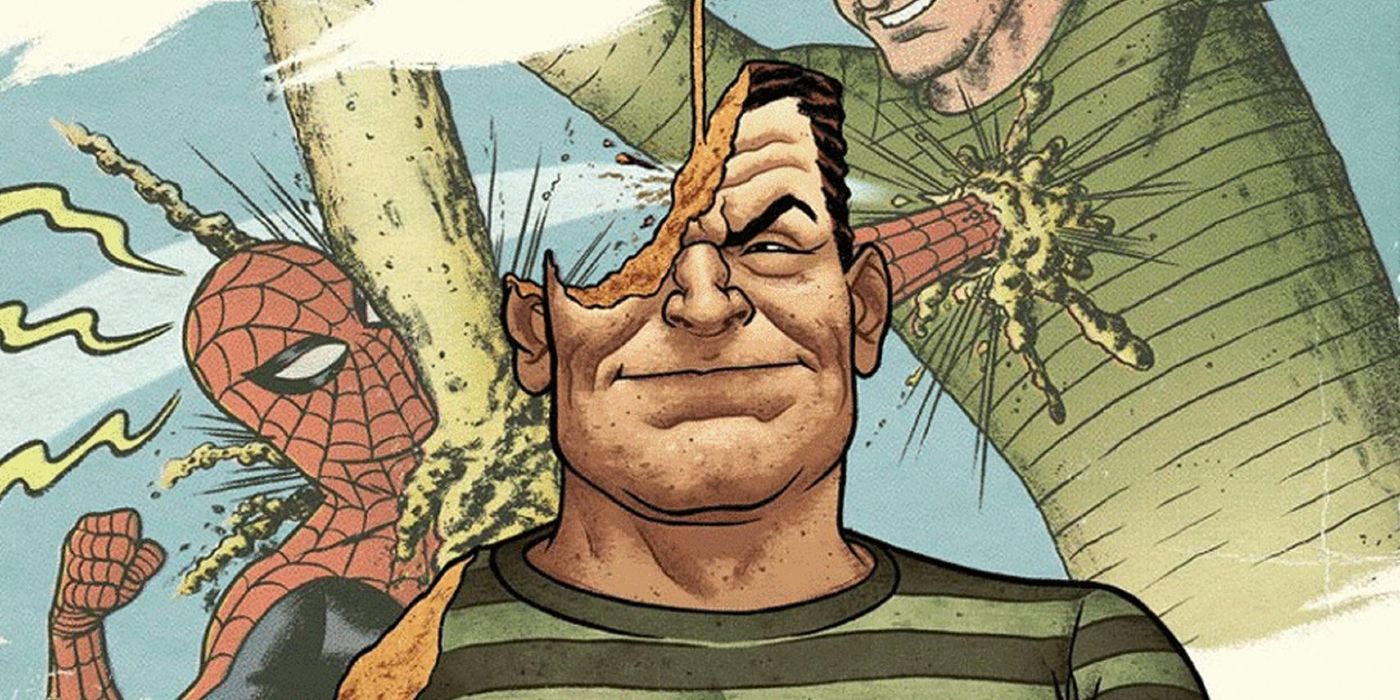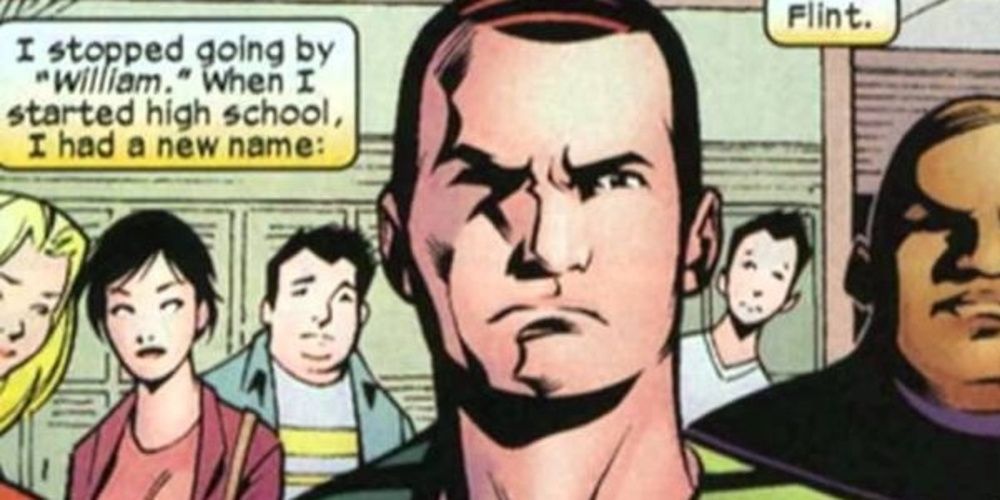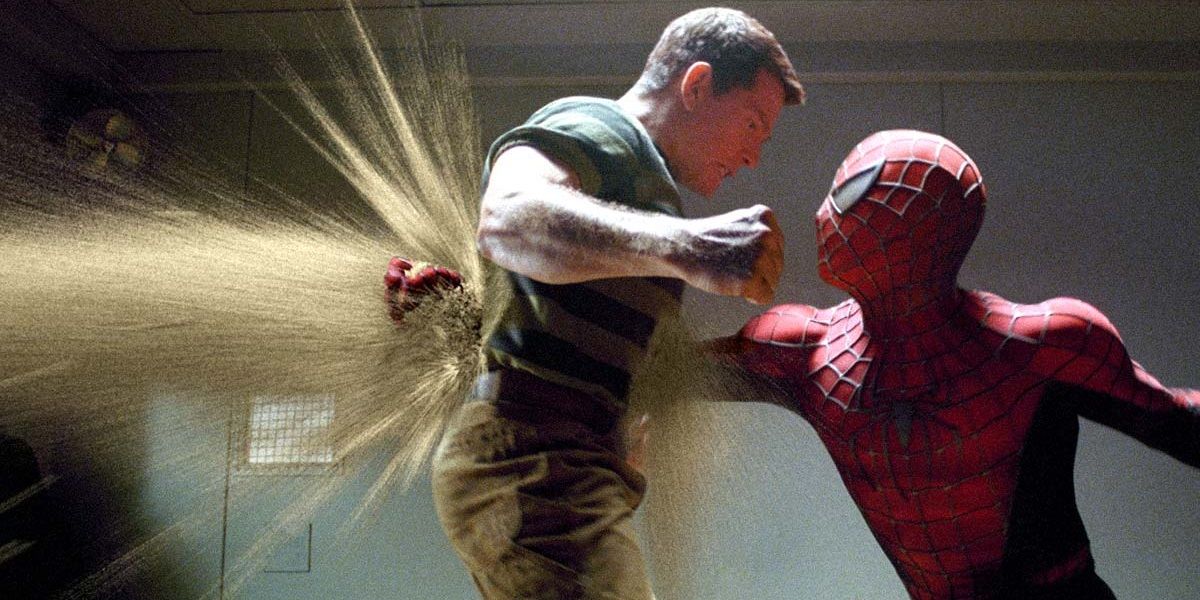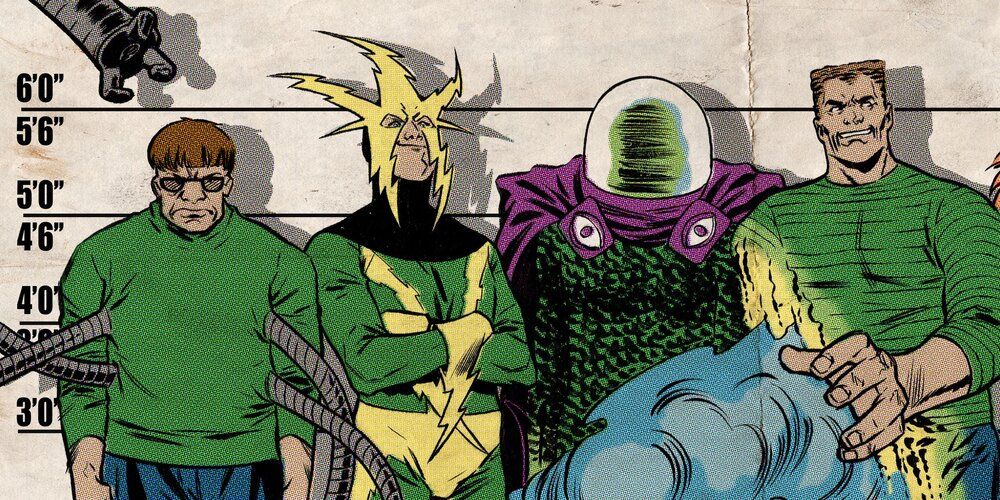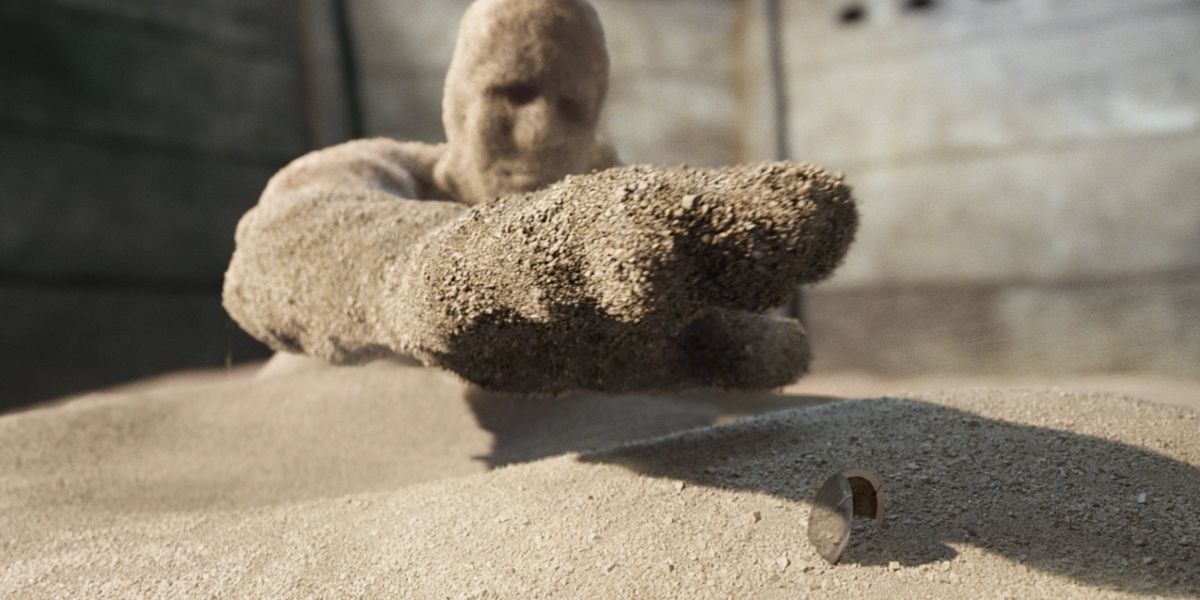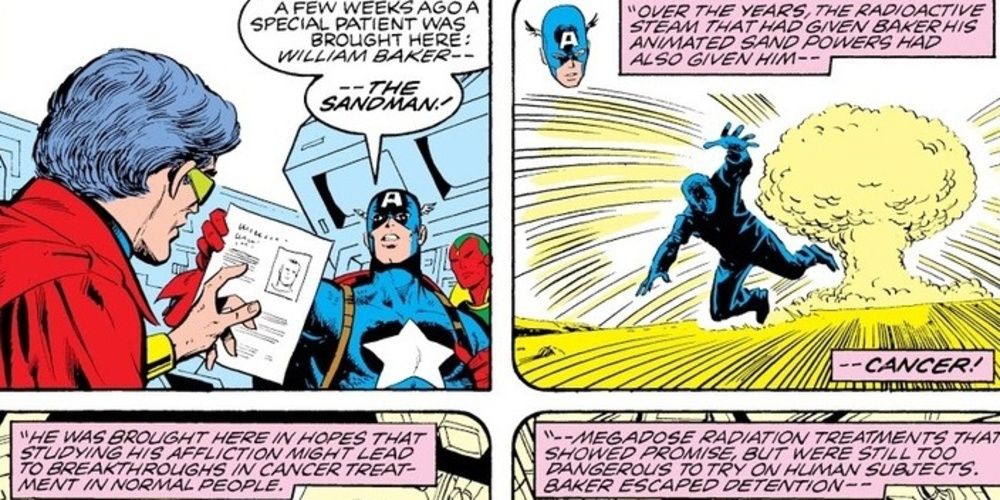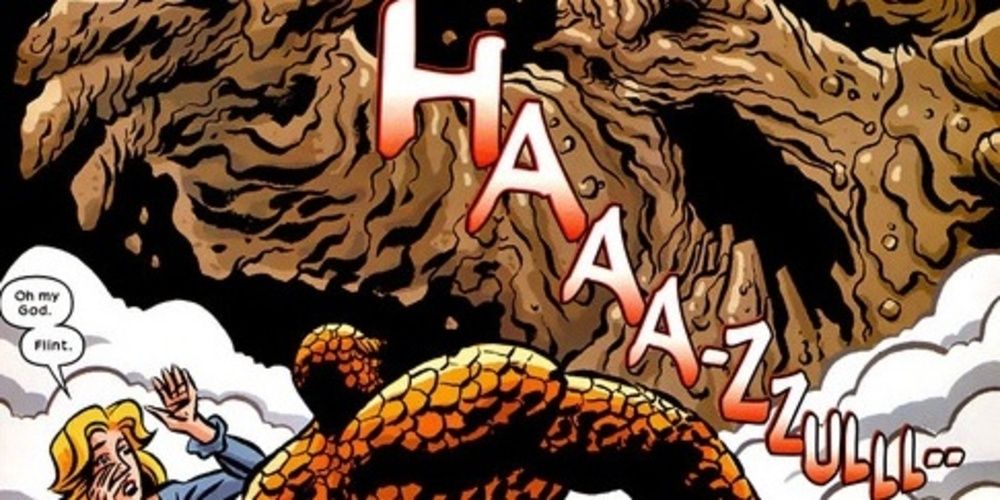The Sandman has been one of Spider-Man’s most notable foes over the years, with Thomas Haden Church reprising the role in Marvel Cinematic Universe’s Spider-Man: No Way Home after his original appearance in the Sam Raimi trilogy. The live-action version has become the definitive Sandman for mainstream fans, while comic book readers know more about the one from the source material.
The comic book Sandman has many things distinct from the movies, ranging from his attitude, powers, and relationships with Spider-Man and other characters. On the flip side, comic book fans will find quite a few things interesting about Thomas Haden Church’s iteration, so it’s worth looking at the differences between the versions.
Movie Sandman Is The Killer Of Uncle Ben
Some fans consider Sandman as the best Spider-Man trilogy villain because he was the one who dealt Peter with the heaviest blow. Flint Marko was the one responsible for Uncle Ben’s death, having accidentally shot him in a botched attempt to steal Ben’s car.
Meanwhile, the comic book version had nothing to do with Ben’s demise, with the burglar always having remained unnamed in the source material. The only connection to Ben has been Sandman’s claim that his father resembles Uncle Ben, as seen in Friendly Neighborhood Spider-Man #17, where he appeals to Spider-Man to help him by pointing out the similarities.
Comics Sandman Has A Connection With The Thing
Sandman has been an adversary of the Fantastic Four at times, with The Thing becoming a close rival during these match-ups. However, The Thing has been a positive influence on Sandman, as the former encouraged the latter to give up his villainous ways, as seen in Marvel Two-In-One #8.
Depending on the writer, stories tend to show The Thing to be a friendly enemy of Sandman’s, with the two locking horns when on opposing sides but also willing to work together and make amends, such as when they hung out as friends in The Amazing Spider-Man Annual #24. Comic book fans know about Sandman's efforts to be good over the years, which has led him to become more of an anti-hero.
Comics Sandman Had An Affinity For Sand Since Childhood
Flint Marko was unlucky to fall into a reactor in Spider-Man 3 that turned his body into sand, with the character giving no indication that he was ever connected with sand prior to his accident. In fact, he despised the fact that he was stuck in his form, and Spider-Man: No Way Home saw him getting cured.
On the other hand, comics Sandman had an affinity toward sand ever since he was a child, as seen in Friendly Neighborhood Spider-Man Annual #1. As a child, he loved going to Coney Island beach with his mother, where making sand sculptures allowed him to forget his problems and also connected him with his creative side.
Comics Sandman's Real Name Is William Baker
Friendly Neighborhood Spider-Man Annual #1 went into great detail about Sandman’s origins, revealing that Flint Marko wasn’t even his actual name. He was born as William Baker, who took on “Flint” after a school teacher he had a crush on and “Marko” because his former gym teacher taunted him over failing to make a mark.
Comic Sandman also adopted the new title to prevent his mother from being connected to his criminal past. While the movie Sandman was a criminal as well, his wife and child did suffer from his notorious reputation. However, Flint Marko was the genuine name of the live-action character rather than an alias.
Movie Sandman Never Wanted To Hurt Spider-Man
Interestingly, Sandman in the movies is the one villain who never deliberately hurt anyone and only fought Spider-Man because the latter attacked him first. Sandman looked for revenge after the symbiote-influenced Spider-Man attempted to take his life but then made amends, while his actions in No Way Home were just to get the magic box to return home.
Comic book Sandman held a grudge against Spider-Man because he was embarrassed by the superhero in their clash during The Amazing Spider-Man #4. Sandman was sucked into a vacuum cleaner by Spider-Man, which made him bitter over the way he lost and led to attempts to harm Spider-Man further.
Comics Sandman Is An Original Member Of The Sinister Six
The villainous team-up in Spider-Man: No Way Home is currently the closest thing live-action movie fans have received to a Sinister Six scenario. Sandman only allied with Electro, Green Goblin, and Lizard to get to the box, having no other motives to do fight the Spider-Men.
The comic book version was a willing member of the Sinister Six, which formed in The Amazing Spider-Man Annual #1. Sandman was one of five other villains who agreed to Doctor Octopus’ suggestion to join the team and has been an on-off member of the faction ever since for various reasons.
Movie Sandman Was Distraught About Turning Into Sand
Sandman’s transformation scene is a real tearjerker in Spider-Man 3, as he’s seen attempting to weep after turning into an abomination but has now become trapped in his mutated state. He’s also become incapable of shapeshifting into a human form by Spider-Man: No Way Home and is glad when he’s cured.
Comic book Sandman had no such issues when he came into contact with radioactive sand in The Amazing Spider-Man #4, with Flint Marko becoming impressed by his transformation. Sandman gladly went ahead with tormenting the city after he realized how powerful he could be and didn’t want to be cured.
Comics Sandman Became Afflicted By Cancer
Comics Sandman grew to regret his transformation as well when he learned his condition had given him cancer. In The Incredible Hulk vol. 2 #138, Sandman went to a medical research center in hopes to be cured of his ailment, and this was successful in Wonder Man #1 when the titular hero removed the radiation from Sandman’s body.
Movie Sandman’s side effect from his transformation was the fact that he couldn’t control it over time. While Spider-Man 3 showed him regenerating enough to shapeshift into human form, he was reduced to a full-on sand appearance by Spider-Man: No Way Home and had to be stripped of his powers.
Comics Sandman Can Combine With Water To Become Even More Of A Threat
There have been several versions of Sandman in Marvel Comics, with the prime Sandman also developing resistance to water. Although he does have problems with it, Sandman can combine himself with water to become a muddy foe. In The Amazing Spider-Man #217, Sandman merged with Hydro-Man to become an entity known as Mud-Thing.
In the movies, Sandman’s weakness can be attributed to water, as he lost to Spider-Man after the latter attempted to drown him. Water doesn’t seem to be capable of killing live-action Sandman, however, even if he can’t merge with it to his advantage.
There Is Only One Live-Action Variant Of Sandman Between Universes
As of yet, the movies haven’t featured any version of Sandman other than the one played by Thomas Haden Church. There was no Flint Marko in The Amazing Spider-Man series, while the MCU only got a Sandman after the one from the Spider-Man trilogy was transported to its reality.
Meanwhile, the comics have shown multiple Sandmen over the years in a host of alternate universes. For instance, there was a zombified Sandman in Marvel Zombies, the Earth-1602 Sandman induced nightmares, and the Marvel Noir Sandman turns into granite instead of sand.

